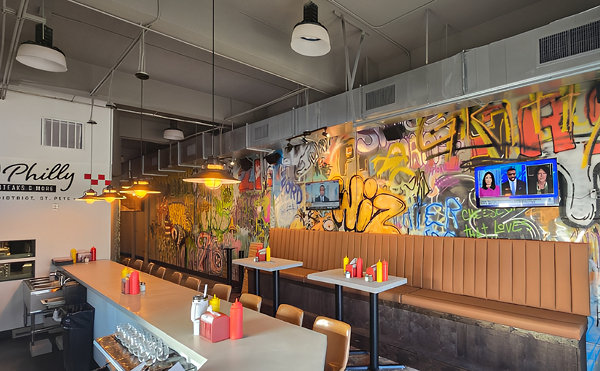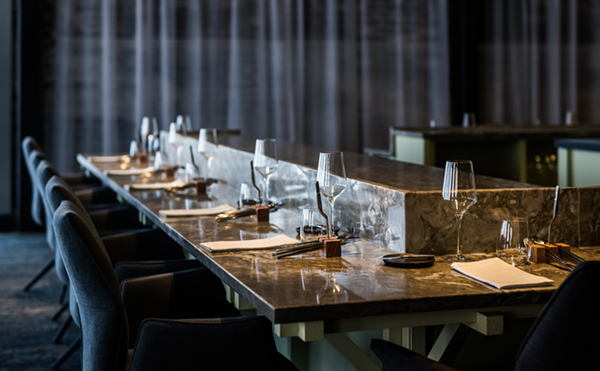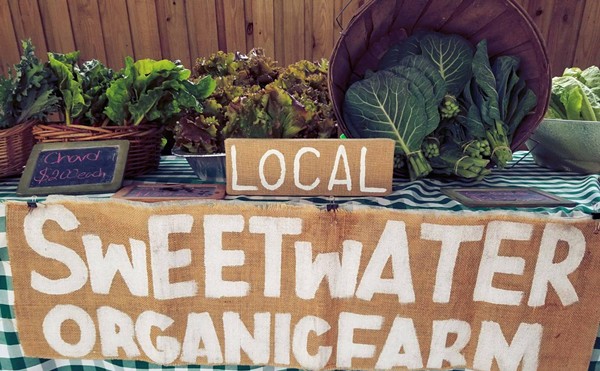Texture is the visual or tactile feel of an element. In each composition, surfaces have different characteristics and appearances. The diner perceives these differences and responds to them, as much as he does to color.
texture highlights (see photo above): caramelized sea scallop. light & delicate texture of the candied ginger in the foreground. the luscious, semi-solid puree with the scallop. the light white drizzle of sauce. frehsness, crispness of the greens.
People recognize different textures by sight and touch. One can easily distinguish by looking at a piece of fabric, for instance, and decide if it’s velvet or denim, silk or cotton. Likewise, looking at an artfully presented plate, we can “feel” the different textures of each element and enjoy or dismiss a presentation.
By varying textures in the same support (the plate), chefs can emphasize their point and refine their presentation. In culinary arts however, the food presented is tasted, and the visual texture then becomes a mouth feel, which brings a whole new dimension to the diner’s appreciation of texture.
Visual or tactile texture is evaluated from initial sight perception, and then perception on the palate, first bite, mastication, swallowing and aftertaste.
texture highlights (see photo above): liquid broth. spherical, ready-to-burst texture of salmon roe. freshness, vitality of italian parsley.
Typical terms to define textures are: coarse, bouncing, dense, dry, crisp, crunchy, grainy, heavy, moist, smooth, uniform, viscous, wet, etc…
A texture can be a physical, tangible texture of a surface (i.e. a hard-boiled egg looks smooth because its surface actually is smooth). A texture can also be suggested and therefore more abstract, for example when a given texture creates a visual effect of texture but provides the diner with a different experience.
Examples of commonly-used visual textures:
- The smooth surface of a hard-boiled egg
- The oily, syrupy texture of a drizzle of olive oil
- The abrasiveness of breaded, fried shrimp
- The nervous curls of frisee’ lettuce
Examples of commonly-used mouth feel:
- The wet, flaky mouth feel of Chilean sea bass
- The fluid, tannic mouth feel of red wine
- The rich softness of crème brulee’
- The crunchy snap of fresh Romaine lettuce
texture highlights (see photo above): the firm crunch of the raw vegetables, compared to the chilled softness of raw fish.
Now, unfortunately, achieving texture comes with a set of skills not necessarily available to the average home chef. Precision, respect of techniques, visualization, are difficult to achieve without experience. In future posts, we'll explore some of those techniques in more details.
For now, I came across a fantastic article from starchefs.com: The impact of texture by Katherine Martinelli. I recommend everyone interested in plating food to read the article and become familiar with the impact of texture on the diner.
To illustrate her point, author Katherine Martinelli provides the following slide show. Note the difference in texxtures and what they evoke for you. And please use the comment forms below to express your feelings as you browse through those pictures.
Click here to watch a quick slideshow outlining dramatically different textures in food.
- photo courtesy of starchefs.com
texture highlights (see photo above): soft, slow-cooked texture of braised meat vs. the clean crisp of fried potato.
LESSON FOR TODAY:
- Focus on textures.
Next time you enjoy food (hopefully soon enough), pay attention to textures. How do they make you feel? How do they interact with each other? What do they bring to the dish & its presentation?
- Visualize.
Start thinking of how you can incorporate different textures on the things you cook.
Chef Gui Alinat is a regular contributor to the CL Daily Loaf. He is also a local executive chef, blogger and food writer. You can check out his blog at www.chefgui.com. You can follow him on twitter.















